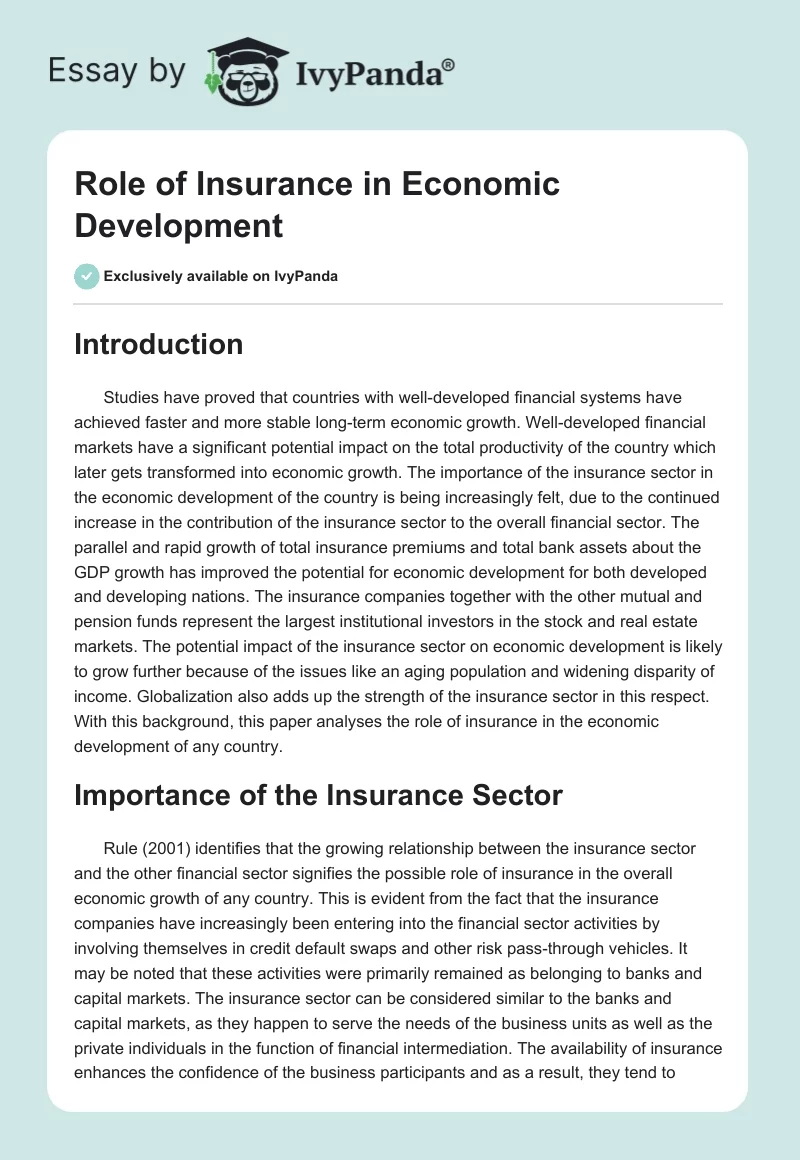Pacific Prime for Dummies
Pacific Prime for Dummies
Blog Article
Examine This Report about Pacific Prime
Table of ContentsExamine This Report about Pacific PrimeHow Pacific Prime can Save You Time, Stress, and Money.How Pacific Prime can Save You Time, Stress, and Money.Getting My Pacific Prime To WorkSome Known Facts About Pacific Prime.

This is since the information were collected for a period of solid financial performance. Of the estimated 42 million individuals who were uninsured, almost regarding 420,000 (concerning 1 percent) were under 65 years of age, the age at which most Americans come to be eligible for Medicare; 32 million were grownups in between ages 18 and 65, about 19 percent of all grownups in this age; and 10 million were kids under 18 years of age, regarding 13.9 percent of all youngsters (Mills, 2000).
These estimates of the variety of persons uninsured are created from the annual March Supplement to the Existing Population Study (CPS), conducted by the Demographics Bureau. Unless otherwise kept in mind, national price quotes of people without medical insurance and percentages of the population with different type of insurance coverage are based on the CPS, one of the most widely used source of quotes of insurance coverage and uninsurance rates.
Getting My Pacific Prime To Work

Still, the CPS is particularly helpful because it produces annual price quotes reasonably swiftly, reporting the previous year's insurance policy coverage estimates each September, and due to the fact that it is the basis for a constant set of price quotes for even more than twenty years, enabling analysis of trends in coverage over time. For these factors, along with the comprehensive use of the CPS in other studies of insurance coverage that exist in this record, we count on CPS estimates, with constraints kept in mind.

The quote of the number of without insurance people expands when a populace's insurance standing is tracked for a number of years. Over a three-year period starting early in 1993, 72 million individuals, 29 percent of the U.S. https://www.pubpub.org/user/freddy-smith-2. populace, lacked protection for a minimum of one month. Within a single year (1994 ), 53 million individuals experienced at the very least a month without protection (Bennefield, 1998a)
Six out of every ten without insurance adults are themselves employed. Working does boost the probability that one and one's family members will certainly have insurance coverage, it is not an assurance. Also participants of families with 2 full time breadwinner have nearly a one-in-ten possibility of being uninsured (9.1 percent without insurance rate) (Hoffman and Pohl, 2000).
Pacific Prime for Beginners
New immigrants make up a significant percentage of people without medical insurance. One evaluation has connected a substantial section of the current growth in the size of the united state uninsured population to immigrants that arrived in the nation in between 1994 and 1998 (Camarota and Edwards, 2000). Recent immigrants (those who involved the USA within the past four years) do have a high rate of being uninsured (46 percent), yet they and their youngsters account for simply 6 percent of those without insurance across the country (Holahan et al., 2001).
The connection in between medical insurance and access to care is well developed, as documented later on in this chapter. The connection between wellness insurance policy and wellness results is neither direct nor easy, a comprehensive medical and health solutions research study literature web links health and wellness insurance protection to improved accessibility to care, much better quality, and improved individual and population wellness condition.
Levels of evaluation for checking out the impacts of uninsurance. This discussion of wellness insurance protection concentrates mainly on the united state populace under age 65 because virtually all Americans 65 and older have Medicare or various other public insurance coverage. In addition, it concentrates particularly on those with no wellness insurance policy for any type of length of time.
The Best Strategy To Use For Pacific Prime
The problems faced by the underinsured are in some respects similar to those faced by the uninsured, although they are typically less severe. global health insurance. Uninsurance and underinsurance, nonetheless, entail clearly various policy issues, and the strategies for resolving them might differ. Throughout this study and the 5 records to comply with, the main emphasis gets on persons with no wellness insurance policy and hence no help in paying for healthcare past what is available via charity and safety and security web organizations
Medical insurance is a powerful variable influencing invoice of care because both patients and physicians react to the out-of-pocket cost of solutions - https://on.soundcloud.com/Boznd6XKBGjyrspT8. Medical insurance, however, is neither required nor enough to access to clinical solutions. Nevertheless, the independent and direct result of wellness insurance coverage on accessibility to wellness services is well established.
Others will obtain the healthcare they need even without medical insurance, by paying for it out of pocket or seeking it from carriers who provide treatment complimentary or at extremely subsidized rates. For still others, wellness insurance coverage alone does not ensure invoice of care as a result of various other nonfinancial obstacles, such as a lack of health treatment providers in their neighborhood, restricted accessibility to transportation, illiteracy, or etymological and cultural distinctions.
Some Ideas on Pacific Prime You Should Know
Official research concerning uninsured populations in the United States dates to the late 1920s and additional hints early 1930s when the Committee on the Expense of Medical Treatment generated a collection of records concerning funding physician office check outs and hospital stays. This concern became salient as the numbers of clinically indigent climbed throughout the Great Anxiety.
Report this page